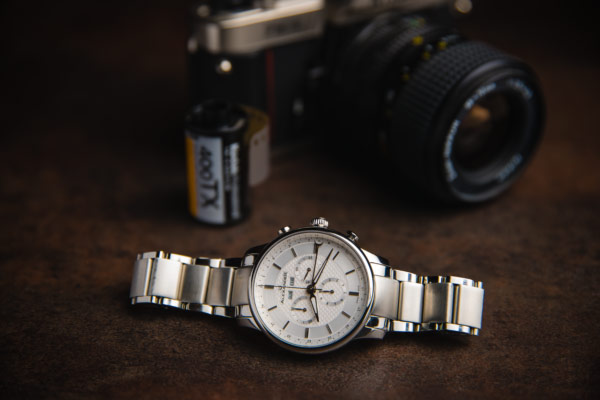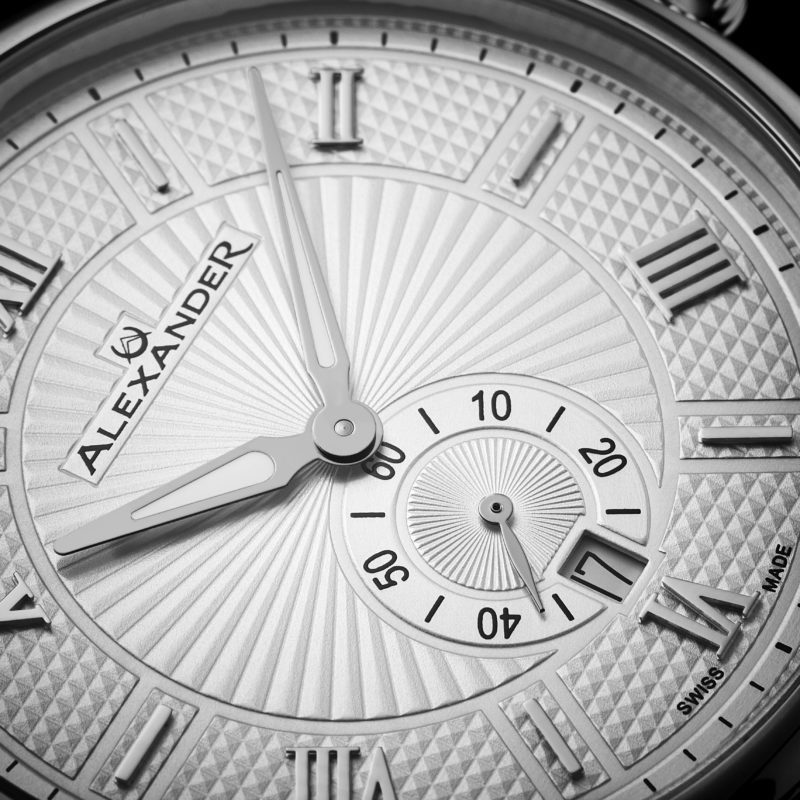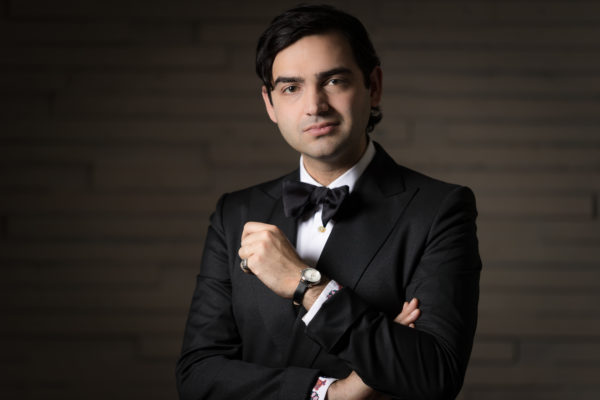Guilloché /gə’lōSH/ aka Engine Turning
1. a decorative technique created with a hand-turned lathe; 2. the intricate, symmetrical patterns of interwoven or overlapping lines, curves, or spirals created by the lathe.
If you carry cash, guilloché is with you every day. It’s the fractal pattern that makes it hard to forge bank notes. You can find it spinning across your passport, too. On a U.S. passport, each page has a different pattern.

But watch enthusiasts know the artistry is most beautiful on the dial of a fine watch, where it’s an ornamental flourish, rather than a defensive measure.
The first instances in history belong to Vacheron Constantin, but serious collectors know Abraham-Louis Breguet spent the last decades of the 18th century making the art his own with detailed engraving, high relief work and signature pattern sets.
For the collector acquiring watches under five figures for now, selections like Regalia, Chieftain, or Triumph satisfy the desire to own this exquisite artwork. The Swiss-made watch features dual sunburst and clous de Paris or hobnail guilloché on a black or white dial.
Guilloché elevates your watch collection with complex, hand-turned patterns. There are so many gorgeous watches at the mega-collector level that you can start with what you love now. Lean into luxury with Swiss-made, but spare yourself the 5-figure investments.
The Low Down on High Relief
We first see the term guilloché recorded in the 1700s; however, as an art form, it’s been around since the 1500s. Artists first used engine turning to decorate wood and ivory objects. By the 1700s, the lathe was refined and adapted for metalwork.
During this time, guilloché was widely adopted by watchmakers and other luxury craftsmen for items like fountain pens, vanity sets, cigarette cases, snuffboxes, and enameled, Fabergé-inspired eggs.

It might be hard to imagine that these delicate designs emerge from heavy bronze or cast-iron machines.
The watchmaking artist moves the dial or other piece being decorated against a cutter. A rose-engine lathe carves graceful curves and circles, while a straight-cut machine produces crisp lines and angles.
Guilloché is a painstaking and time-consuming art. The artist turns the wheel at a consistent speed, applies consistent pressure to the cutter, and makes incremental adjustments between each carved line or rosette. A single slip or minor miscalculation sends the entire dial to the garbage.
So, next time you see a watch with this refined relief technique, take a moment to admire the steadfastness of the pattern and note its delicacy and beauty. Like other elements of classic horology, it’s an example of a throwback art, revived for collectors and connoisseurs who can appreciate devotion to a craft and preservation of significant artistry.







